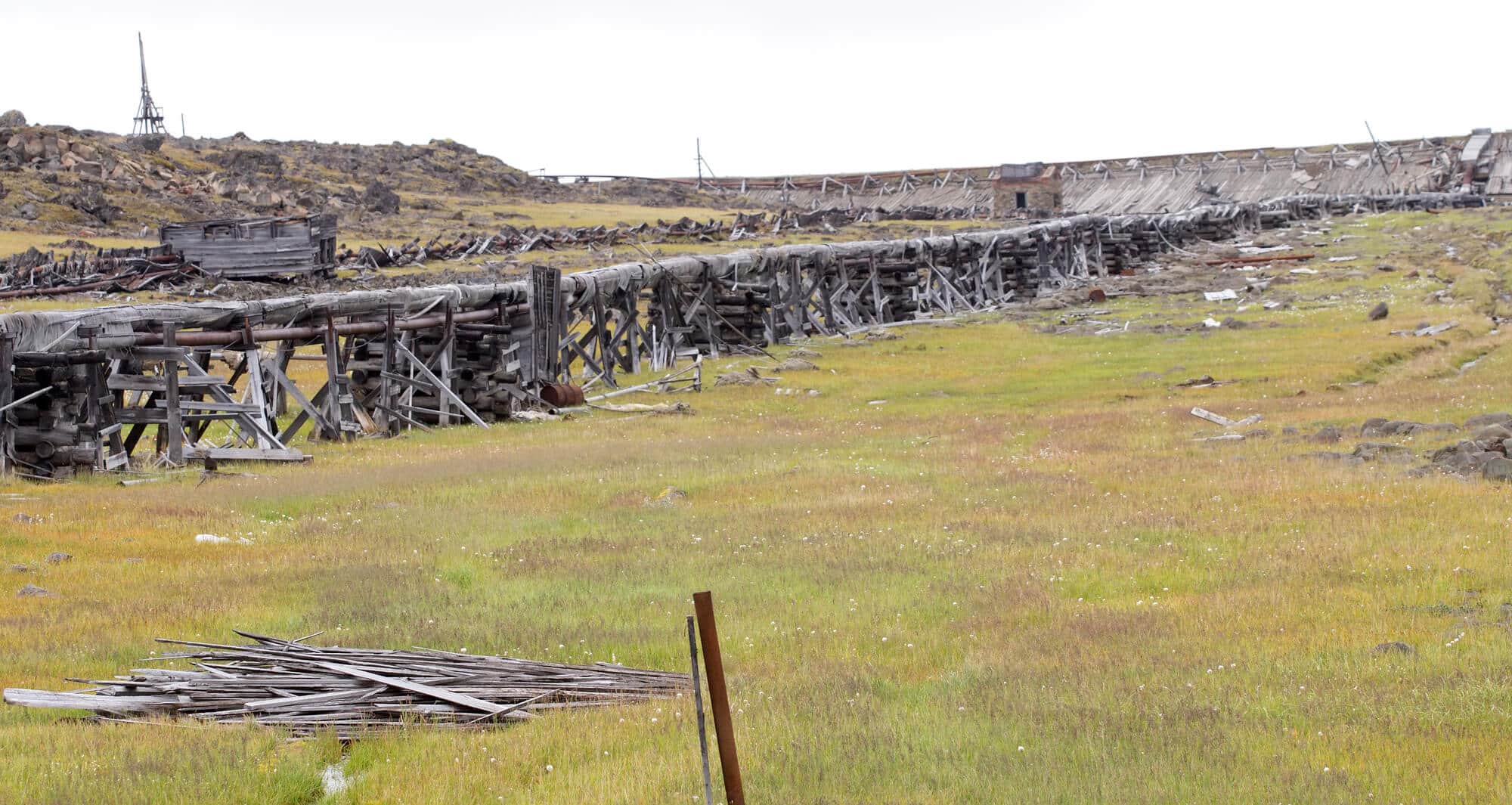A comprehensive study examines the methane gas, one of the main greenhouse gases, under the frozen ground in Alaska. A collaboration of environmental and climate change scientists from the Ben-Gurion University of the Negev and the University of Fairbanks in Alaska have produced a database that will make it possible to improve assessments in the Arctic regions

Grounds frozen to (permafrost) in the Arctic region make up about a quarter of the world's land area. As a result of global warming, these soils began to thaw, a process leading to the formation and release of methane gas, a key greenhouse gas contributing to the acceleration of global warming. When these frozen soils thaw, lakes are formed that are now 'hotspots' for the intense release of methane into the atmosphere, further accelerating the warming of the atmosphere.
The research group of Prof. Orit Sion from Ben Gurion University in the Negev together with the group of Prof. Kathy Walter Anthony from the University of Fairbanks in Alaska, embarked on joint sampling in the Arctic region. The data collection is done entirely in Alaska and combines measurements and biogeochemical experiments (biological chemical and geological processes) in order to locate the main gas production locations deep in the ground and to build a model with the help of which it will be possible to calculate the gas production rates, its natural consumption, the mechanisms that control it and the effect of temperature changes on these rates. Understanding the relationship between soil thawing and methane emissions will allow a more accurate prediction of global warming and the future of these areas.
Deciphering the rate and mechanism responsible for the production and emission of methane gas in these areas is of great importance in characterizing global warming and its consequences.
"Measuring methane concentrations in combination with isotopic measurements allowed us to locate the main methane production and oxidation depths in the soil and their rates. From the results we initially estimate that most of the methane produced in the frozen soils is released into the atmosphere and only a little of it is consumed naturally. The natural neutralization will probably decrease as the temperature continues to rise," she said Prof. Orit Sion From the Department of Earth and Environmental Sciences and the Sea Forum of the School of Sustainability and Climate Change at Ben-Gurion University of the Negev. "We were able to accurately quantify the methane produced in these lakes. The research data indicate an important contribution of these lakes to the heating of the earth and will allow a more accurate prediction of global warming and the future of these areas."
The research group included Prof. Orit Sion and the members of the Environmental Geochemical Laboratory at Ben-Gurion University of the Negev: Efrat Rusk, Andre Pellerin, Jordan Guerra and Noam Lotem as well as the group of Prof. Keith Walter Anthony, from the University of Alaska Fairbanks. An article based on a previous sampling campaign in Alaska was published in the prestigious journal Global Change Biology.
This project received funding from the European Research Council (ERC) within the European Union, the Horizon 2020 research and innovation program (No. 818450) and research grants and fellowships from NASA and the US National Science Foundation.
